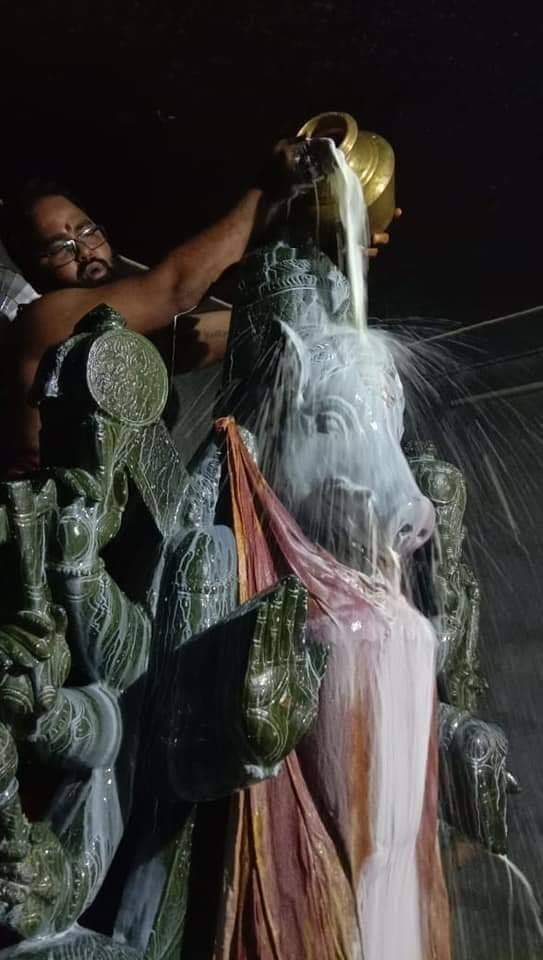“Why are all of the artists on the left?”
This myopic observation is a source of misunderstanding and shortsighted resignation for many on the right, both regarding the nature of creativity itself and a path forward for creating a new canon.
The problem with right-wing art as envisioned by the IM-1776 crowd is that it\u2019s explicitly political art made by people who are barely conservative when what we actually need is apolitical art made by people who are openly right-wing extremists
— Future Moldovan Citizen (@MainstreamViews) June 13, 2022































